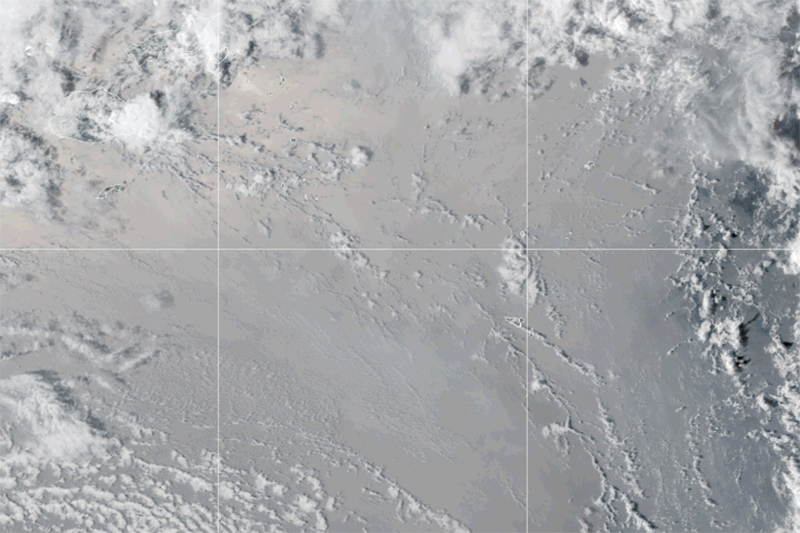I am proposing to run the above next month if there is sufficient interest and availability to make the course viable. I have run the course before, and was gratified attendees indicated that they enjoyed the proceedings and learned a lot.
Course date: Saturday 12th March. The course would run 10.00 am - 5.00 pm. Course fee is £30.00 per person.
No prior knowledge of geology or the study area is assumed. Attendees will be covered by insurance during the duration of the course.
If you / anyone else you know would like to attend, please forward a cheque to me at the address below. If you would prefer bank trans, I can send you details.
8, Silver Street,
Dursley,
Glos.
GL11 4ND.
There is a handout that those enrolled would receive in advance of the course, so they can read up about what will be covered and be in a good position to get the most out of the day when it runs. The handout has numerous colour images in it; due to printing costs, I can email you a Word Doc with the coloured images in that you can print out yourself and bring the printout to the course; otherwise I can post you a black and white printout, which is perfectly serviceable.
Do let me know if you would like to receive the Word Doc which you would print out in colour yourself.
If you wish to have the black and white printout instead, do let me know and provide me with your postal address, so I can send this to you a week or two before the course is due to run.
Viability Deadline
The deadline for the minimum number of enrolments (10) is Saturday 26th February. Maximum number of enrolments on the course is 30. If the minimum of enrolments is reached by 26th February, arrangements will continue; if not, the course will be cancelled and fees returned soon after. If the course is viable, enrolments can continue up to 1 week (Saturday 5th March) before the course date.
Please see details below. I hope the course is of interest and to hear from you soon.
Regards,
Nick Chidlaw
--------------------------------------------------
ASPECTS OF MENDIP GEOLOGY: Early Carboniferous open shelf seas, Late Carboniferous rivers, metalliferous mineralisation in the Jurassic
The Mendip Hills, rising to 325m above sea level, and located in the counties of Somerset and North Somerset in the west of England, are underlain by mostly sedimentary rocks and mostly of Devonian, Early Carboniferous and Triassic age. They record deposition as the British crust moved slowly northwards from the southern tropics, across the equator, and into the northern tropics. Rivers laid down deposits during Devonian times, and in the Carboniferous, marine environments were present, followed by coal forests on delta and river plains. At the end of the Carboniferous, about 300 million years ago, the British crust was involved in a major plate tectonic collision, known as the Variscan Orogeny: the once-horizontally lying Devonian and Carboniferous strata were pushed up into a series of enormous dome structures elongated east - west, producing a mountainous terrain. By Mid Triassic times, about 240 million years ago, the mountains had been much worn down and coarse bouldery and sandy deposits were being laid down in wadis and valleys, eventually building up to bury the Mendip area. In the following Jurassic period, more sediments were laid down on top, in marine environments. In Middle Jurassic times about 170 million years ago, crustal stretching opened fissures in the Mendip area, up which hot metal-bearing fluids rose from deeper in the crust, cooled and crystallised. The metals included lead ore, of much importance subsequently to mankind. The nature of the ore deposits enabled the first large scale workings (opencasting by the Romans) to be highly productive, but later in time the ores were found to become more scarce at depth. Historic mining records refer to the ore occurring as 'stones of lead', and uncertainty of what exactly this meant was finally resolved by Mendip cave explorers in the 1980's.
This course examines evidence for the shallow tropical sea at extensive exposures in the rocky dry valley of Burrington Coombe, and discusses the lead mineralisation at Ubley Warren on the Mendip plateau (no lead ore can be seen in exposures now); the final part of the day visits the Deep Leap Reserve on the Hills above Wells, where Late Carboniferous sandstones equivalent in age to the Millstone Grit of the Pennines can be examined.
Former lead ore opencast workings at Ubley Warren on the Mendips.


